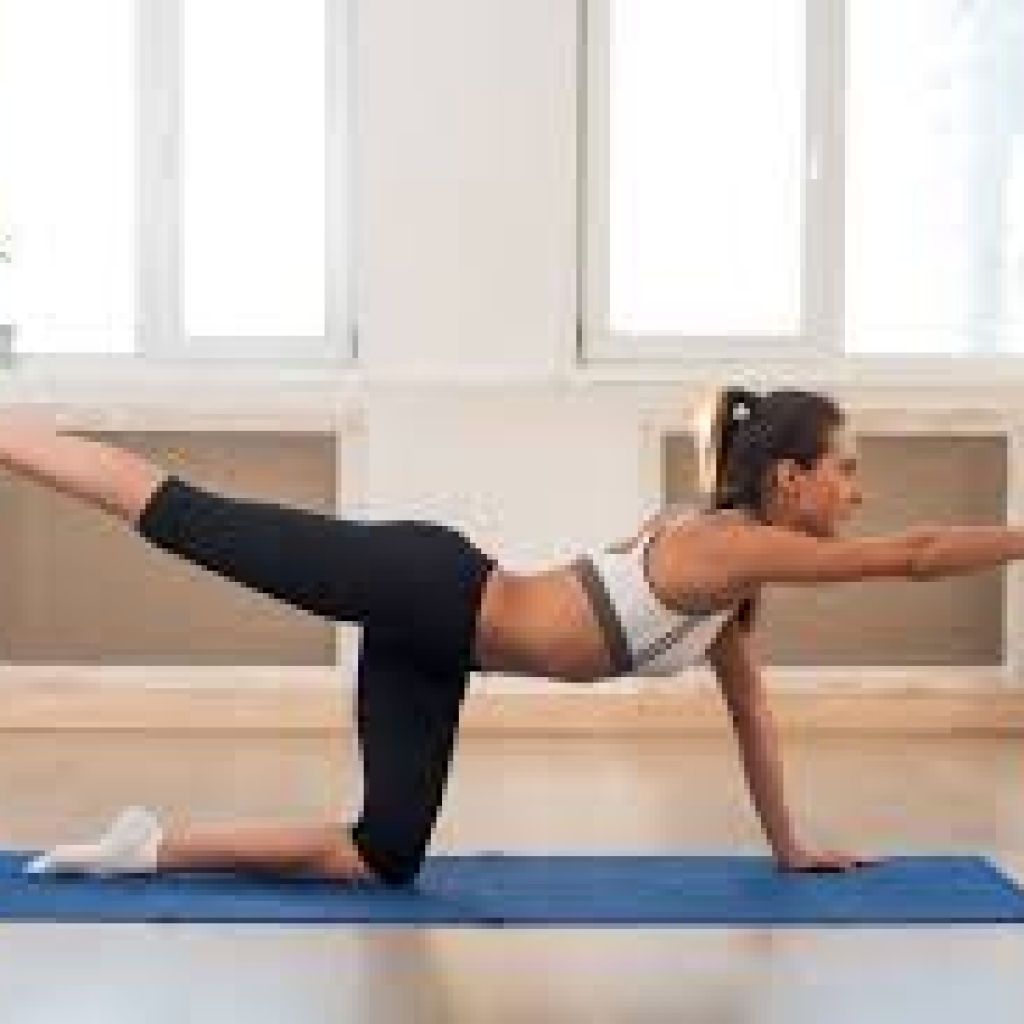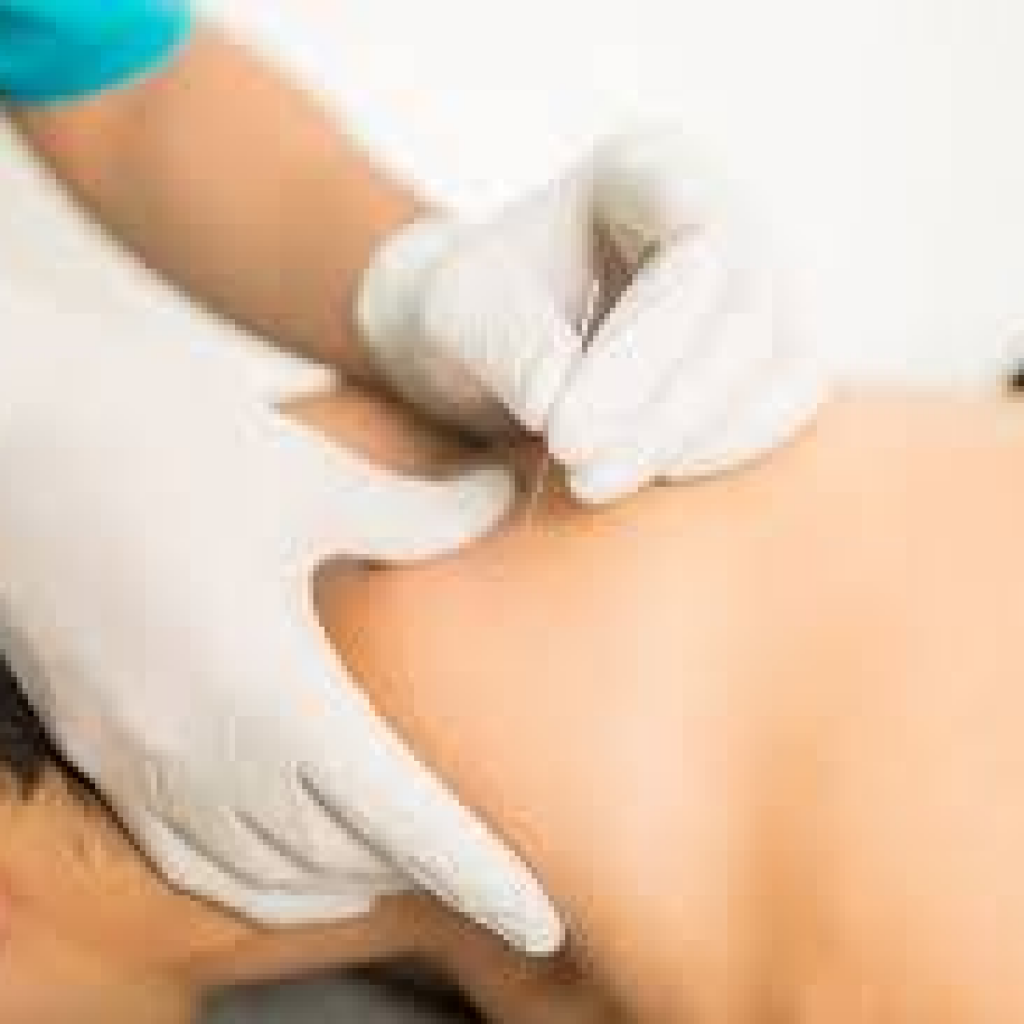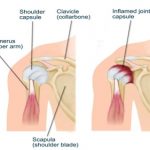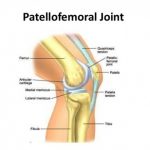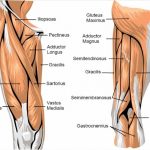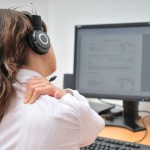The marathon training is in full swing for the Dublin City Marathon and many participants don’t allow their bodies to recover enough in between sessions or long-distance runs.
In order to for your body to recover it is obviously important to keep hydration levels up and keep track of nutrition, ensuring you are eating enough protein for cell repair and growth and enough carbohydrates to give you the energy you need. Rest days are really important to allow the body to recover and a massage on a rest day can aid recovery even further. Many athletes opt for a massage on a rest day or even go for pre or post-training/event massages to ensure they can give their best possible performance and to have a speedy recovery afterwards.
A pre-event massage will focus on increasing blood flow, flexibility and essentially warm up and keep the muscles loose, it will also decrease stiffness post event.
A post-event massage has many physiological benefits also, for example, it will aid recovery by flushing out lactic acid and reducing post-marathon soreness. It also has psychological benefits as many athletes will report that going for a massage post-event will lift their mood as well as help their body feel better.
If you are one of the 22,500 people taking part in the Dublin City Marathon this week, book in with one of our massage therapists at Archview Physiotherapy Clinic for a pre or post marathon massage! Call us on 014913228 or email info@archviewclinic.ie to book in now as we will fill up FAST!
Best of luck to all participants!




